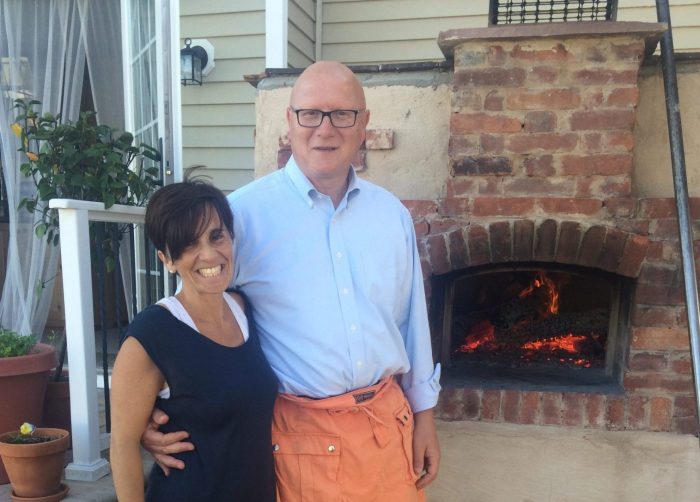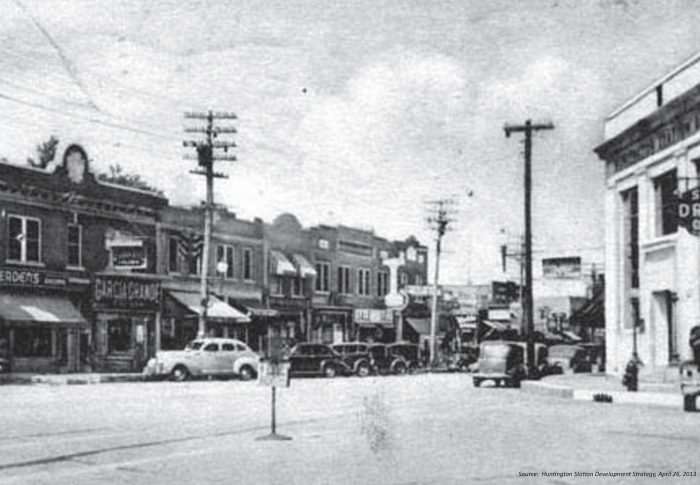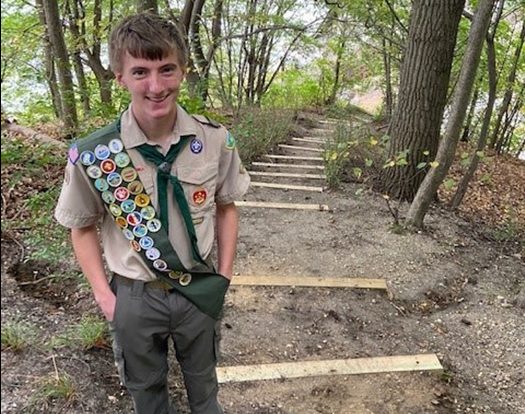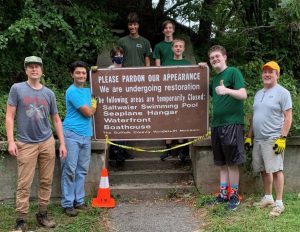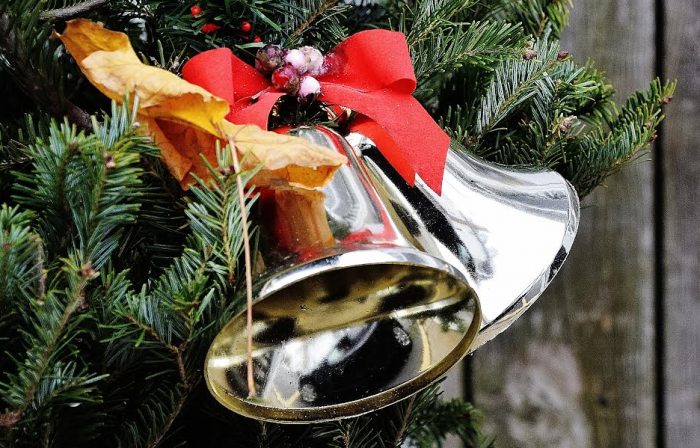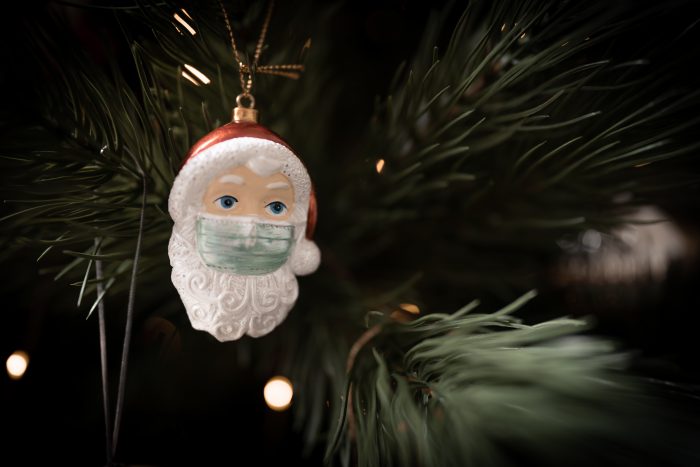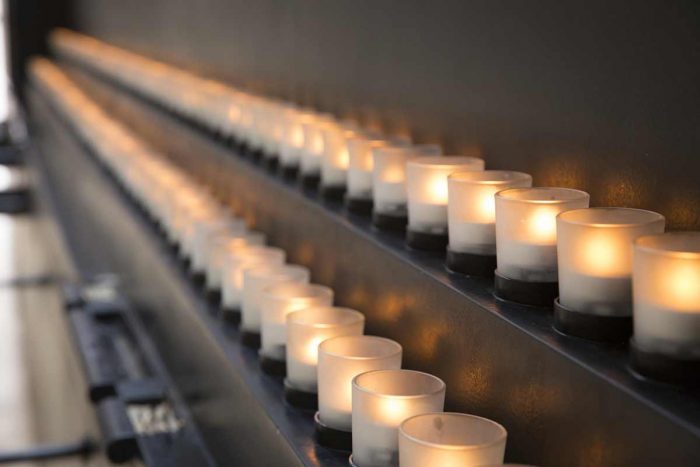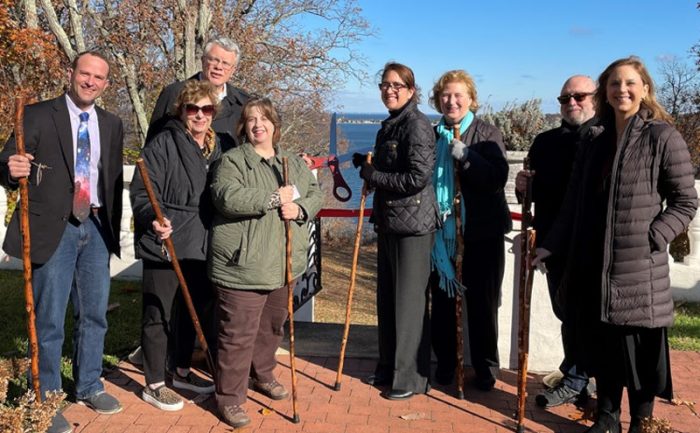He’s a scientist, dedicated father and husband, businessman, mentor, collaborator, accomplished cook and gracious host. It seems fitting that Dr. Maurizio Del Poeta, a distinguished professor in the Department of Microbiology and Immunology and someone several people described as a Renaissance man, would work at the Renaissance School of Medicine at Stony Brook University.
A fungal researcher who is working to find treatments and vaccines for fungal infections that kill over 1.3 million people annually, Del Poeta turned his talents to the study of COVID-19 this year.
Teaming up with researchers at The University of Arizona and Wake Forest School of Medicine in North Carolina, Del Poeta and his collaborators worked with an enzyme also found in rattlesnake venom that may provide a target for diagnostics and therapeutic intervention for COVID-19.
TBR News Media is pleased to recognize the research efforts of Del Poeta, who represents one of several scientists throughout Long Island and around the world working to find ways to improve human health and reduce the life-altering effects of the pandemic.
In a paper published in the Journal of Clinical Investigation, the research team found that an enzyme called secreted phospholipase A2 group IIA, or sPLA2-IIA, is in higher concentrations in well over half the people with the most severe forms of the disease.
“This is certainly an exciting discovery in terms of a marker [that might] provide a mechanistic understanding of severe cases of COVID,” said David Thanassi, Zhang family endowed professor and chair of the Department of Microbiology and Immunology at the Renaissance School of Medicine. “It’s hard to know exactly how this is going to play out” in terms of a therapy or a cure, he said, but it offers hope in terms of a way to diagnose or treat COVID.
Dr. Yusuf Hannun, director of the SBU Cancer Center who contributed to this research effort, described the work as a “major discovery” that could provide a “novel key player in the development of the COVID-19 illness.”
Hannun, who has known Del Poeta for 25 years, suggested that his colleague’s success stems from his commitment to his work.
Del Poeta’s “energy and passion are very observable in his academic life,” Hannun said. “His research team is energized by his enthusiasm and good instinct for important problems.”
Indeed, the members of his lab appreciate his commitment to making scientific discoveries and to providing considerable personal and professional support for them.
Antonella Rella worked in Del Poeta’s labs from 2010 through 2017. When she arrived in the United States, Rella joined Del Poeta’s lab at the Medical University of South Carolina.
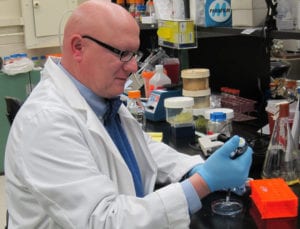
While Rella appreciated all the scientific support she received over the years, including after she moved with him to Stony Brook in 2012, she was especially grateful for the first impression he made when she arrived at the airport.
On her trip from Italy, her flight was delayed and she had to stay overnight in Atlanta. When she landed in South Carolina, Del Poeta not only met her at the airport, but he also greeted her with his wife Chiara Luberto and their first child.
“I thought nobody would be at the airport,” said Rella, who is now a senior scientist with Estée Lauder. “When you meet your boss, you are not feeling very comfortable. Instead, I was very happy and relieved and felt welcomed.”
Rella said Del Poeta and Luberto, who is research associate professor in the Department of Physiology and Biophysics at Stony Brook, have treated other members of his lab the same way, especially when they come from abroad.
Rella said she and her lab mates were thrilled when Del Poeta and Luberto hosted them at their house in Mount Sinai.
“We were super happy whenever we were invited” to their home, Rella said. “We knew the food would be super amazing” because he cooked pizza at a brick oven he designed and built himself. He also made considerable effort to prepare food like tagliatelle.
“There is heart in everything he does,” Rella said.
That includes his dedication and focus on research. In addition to making scientific discoveries, Del Poeta, who earned his medical degree from the University of Ancona, Italy, is eager to apply those findings to the medical field.
The co-founder of MicroRid Technologies, Del Poeta and MicroRid are working to develop small-molecule anti-fungal drugs. Last year, the company received a five-year, $4 million award administered by the Department of Defense.
As for his COVID research, Del Poeta explained that the use of an existing drug for snake venom would involve a different preparation to treat people battling against the coronavirus.
In addition to the work he does in the lab, Del Poeta contributes to SBU and to the Department of Microbiology and Immunology.
Up until the pandemic, Del Poeta and Luberto hosted prospective graduate students in his department at their house. The gatherings highlighted the camaraderie in the department, Thanassi said.
He appreciates Del Poeta’s commitment to mentoring and training, which helps attract and retain students.
“He brings a really nice recognition to the department” through the results of his research and his funding, Thanassi added.
Hannun is confident in his colleague’s success. He said his first impression of Del Poeta was that he was a capable and committed scientist who was aspiring to go after big questions.
“That was accurate but understated,” Hannun said.

